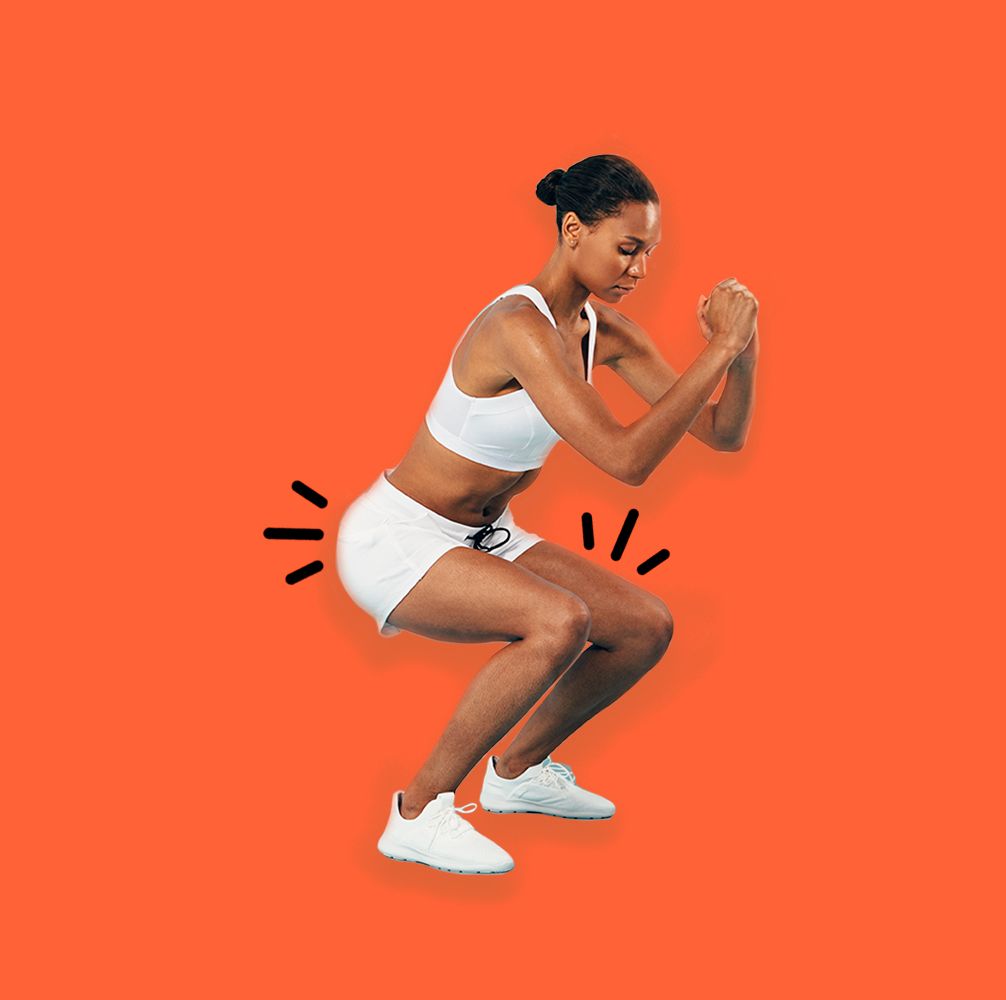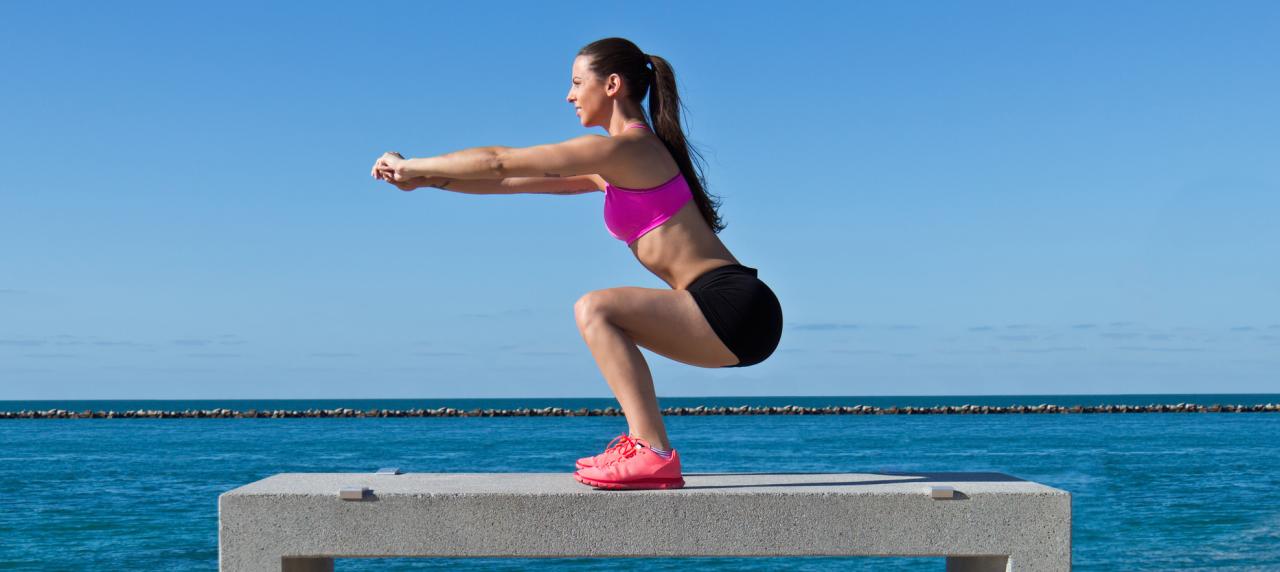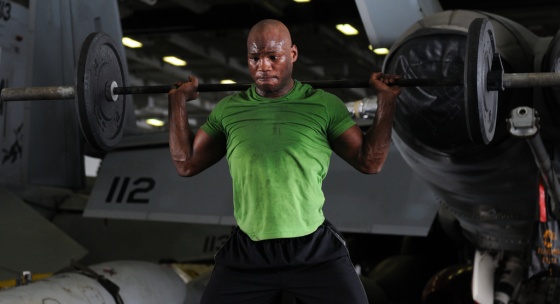We know very well that there is no more important exercise that is more neglected than squats. Squats are not part of every exerciser’s training, although they should be. Many people ignore them and even though they are training their feet, they are more focused on digging, burying or legpress. However, in this article we will bring you 14 benefits that you can get by squatting.
1. Squats will be muscles everywhere – squats are primarily focused on the development of the lower part of the body, but they also create an ideal environment for muscle growth throughout the body. They naturally stimulate testosterone and growth hormone, thanks to which the other parts that you practice also grow.
2. Squats burn more fat– the more muscles, the more calories you burn. Squats are very effective in this regard, because the legs form a significant part of the muscle mass of the whole body. In addition, they are quite demanding that you expend a lot of energy by practicing them.
3. Squats are a functional exercise – functional exercises are popular and include squats. That is why they are not only part of the training of bodybuilders, but also of various types of athletes. They are also useful to ordinary individuals. They help streamline the activities of everyday life and reduce the risk of injuries.
4. Squats develop coordination – when you exercise squats, you also develop balance, so the center of the body is also significantly involved in the action. Stability will be useful for you when exercising other exercises, such as deadlifts or forward bends, or even in everyday life.
5. Squats maintain mobility – only by simply increasing the strength in the lower part of the body can you help maintain body mobility. Their practice in the right technique allows you to train all the muscles of the legs, thus preventing the formation of weaknesses.

6. Squats prevent injuries – squatting strengthens the entire spectrum of muscles, hips, lumbar area, which, if done correctly, reduces the risk of injury. In addition, they also have a good effect on knee health. If they are not trained in extremes.
7. Squats strengthen the joints– As already mentioned, squats have a positive effect on the knees. Overall, they take care of strengthening the joints, so you can also strengthen the ankles and hips with them. Of course, with the right design.
8. Squats support performance – not only do squats build muscle and strength, but they also help increase performance. That is why they are so often used in the training of athletes. Thanks to them, you will jump higher and run, skate and cycle faster.
9. Squats strengthen the center of the body – we have already mentioned that when exercising squats, the center of the body is also involved in the work. Thus, squats are a good exercise for its development. Studies have even shown that you can put a strain on your stomach more than with traditional shorteners.
10. Squats are practical– Squats are practical not only in that they make everyday activities easier in your life, but also in that you can do them anywhere and require minimal tools. You can even do them with dumbbells. Inside and outside. In the gym and at home.
11. Squats have many variations – you can do traditional squats, front squats, one-leg squats, hacken squats. There are many variations. You can change the width of the leg spacing, use chains, practice for a high number of repetitions, for low ones. With squats, the variety may not even end.
12. The squat stand is usually free– If you want to go to the gym to do pressure on the bench and it is full, you usually have to wait. But if you want to do squats even at the tip, chances are the stand will be empty. Several common exercisers do not train their feet at all, and most squats are avoided. Therefore, they prefer prefer legpress, where they hide well.
13. Squats improve strength – we’ve already mentioned that, and it’s basically a matter of course. That’s why we won’t even break down – squats simply improve your strength.
14. Squats improve flexibility – with the right design, full range of motion, you will also improve your flexibility. Stretching also requires stretching to further improve this aspect.


